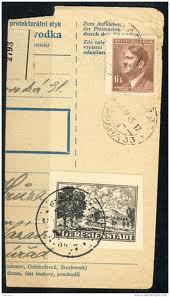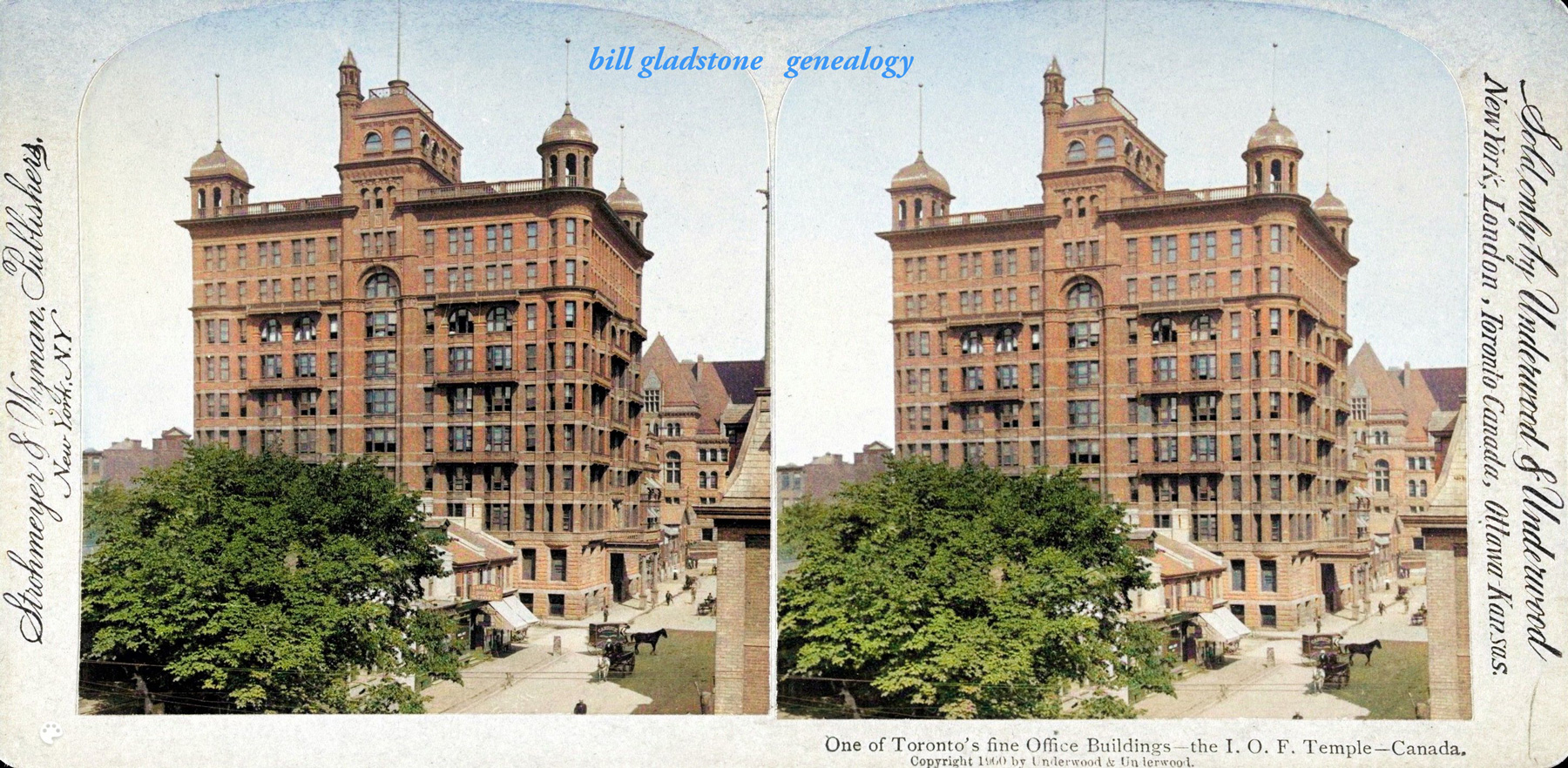 Henry Schwab, a German-born Jew who emigrated to the United States in 1936. enlisted in the U.S. Army and reached the gates of Buchenwald concentration camp just days after its liberation in April 1945.
Henry Schwab, a German-born Jew who emigrated to the United States in 1936. enlisted in the U.S. Army and reached the gates of Buchenwald concentration camp just days after its liberation in April 1945.
“It was a day never to be forgotten, coming face to face with some of the horrors,” he recalls in a recent book. “This, no doubt, reinforced my commitment to do my part to always remember.”
Having lost many relatives in the Shoah, Schwab felt determined to help document the horror they had experienced. He did so by preserving some telling pieces of family mail that had survived the devastation of war-torn Europe. Soon he began to collect all forms of written communications from this dark period.
Schwab’s collection of original postal material, cards, envelopes and letters sent through regular mail channels in Nazi-occupied Europe during the Holocaust has grown into a museum exhibition. Entitled “The Echoes That Remain,” it has been shown at stamp exhibitions in many countries as well as in universities, libraries and religious institutions.
Schwab’s recent book, also called The Echoes That Remain, features hundreds of diverse items from this unique collection. They include pre-war postcards bearing anti-Semitic caricatures; cards to German Jews stamped “Abgereist” — moved with no forwarding address; cards sent into and out of Lodz, Theresienstadt, Lublin and other Jewish ghettoes; mail sent between such ghettos; and cards sent into and out of internment and concentration camps such as Auschwitz.
Describing himself as a postal historian, Schwab informs us that inmates of Auschwitz and other concentration camps were permitted to send and receive mail. Regulations were many and continually changing, and censorship was strict. At one point, for instance, writers in Auschwitz were required to use the term “Schutzhaeftling” — meaning “in protective custody” — when identifying themselves on envelopes.
The author identifies the various rubber stamps and postmarks used by censors and postal authorities. He also explains the many euphemisms used in postcards in this turbulent era. For instance, one writer says that his family is “going on a trip,” rather than that they are about to be deported.
“Desperation, daring and ingenuity by senders is evident through concealed meanings in the message and by the use of code words, Yiddish expressions, and language used that seemed innocent,” he writes. “Yet the true meaning in most cases was apparent to the recipient.”
Unaffected by censors, some mailed messages reproduced here provide a sad reminder of the horrific upheavals that each of the millions of Jews of Europe endured once the Nazi juggernaut was set in motion. Lives were destroyed, one by one, and each postcard tells another tragic story.
One card, written in Poland in 1941, carries a most desperate message: “… need money … am near the end of my wits … ill and without any means … not even enought to buy a piece of bread ….” The writer asks the recipient to notify his brother, who had escaped to Shanghai, of his whereabouts.
The Echoes That Remain provides documentary evidence, in minute everyday detail, of a horrendous historic epoch that civilization can forget only at its own peril. The book should interest historians, philatelists, survivors and students of the Holocaust. It is available through the publisher, the Cardinal Spellman Philatelic Museum, 235 Wellesley St., Weston MA 02193. http://www.spellman.org
A related volume — Poland and Holocaust Philatelic History, 1939-1945, by Edward T. Superson, appeared some years ago and (in 2011) is still available online. ♦
© 1994






